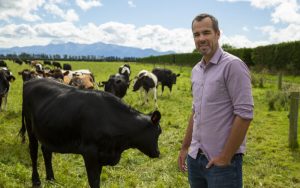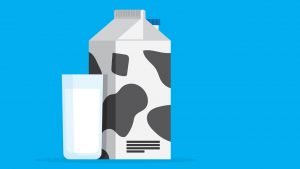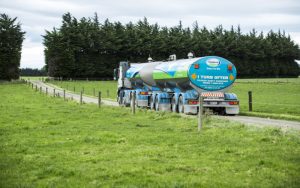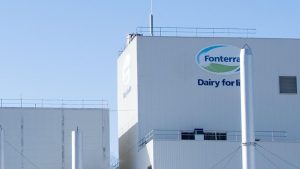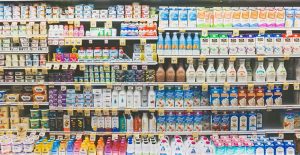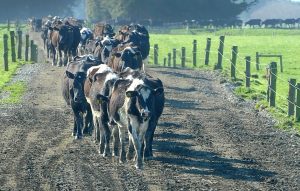
Despite last week’s drop in global dairy prices, consensus is emerging among economists that the season’s milk price will end up near $9/kgMS.
Steady demand for milk products, tightening global supply and a favourable exchange rate are giving confidence to a solid payout for dairy farmers.
Following ANZ coming out with a $9 forecast milk price, other banks are following suit.
Last month, Fonterra raised its forecast midpoint to $8.50/kgMS. BNZ is also forecasting $8.50/ kgMS and BNZ senior economist Doug Steel isn’t ruling out a $9 milk price.
Steel notes that demand for dairy looks firm, while more question marks are appearing on the supply side with Bluetongue disease in Europe and Avian flu affecting cattle in the US. Early NZ supply indicators have been positive, he adds.
“We had already lifted our forecast for Fonterra’s 2024-25 milk price to $8.50 before the co-op lifted their own midpoint forecast to the same level. There are risks on both sides to that central view, but if Global Dairy Trade (GDT) prices were to persist around current levels for the rest of the season a milk price around $9 is possible,” says Steel.
Michael Gordon, Westpac senior economist, says that improving market conditions over the last few months have given them more confidence about a solid payout for dairy farmers this season.
He says their revised forecast – now $8.70/ kgMS – reflects three positive factors.
“First, world dairy prices have been resilient in recent months, giving us more confidence about the outlook for the remainder of the season. Whole and skim milk powder prices have had their ups and downs in recent auctions, but they’ve generally been holding around their long-term averages.
“The second factor is a more favourable exchange rate than we had assumed in our initial forecast.
“Fonterra reports that it has already covered two-thirds of its exchange rate exposure for this season, at an average rate of $0.611 against the US dollar.
“Finally, there are indications that milk supply in the Northern Hemisphere is getting tighter again, which favours the less-constrained Southern Hemisphere producers (New Zealand and Australia).
“Global milk production had seen a strong rebound early this year, particularly in Europe. But more recent animal health issues (a Bluetongue outbreak in northern Europe, and H5 bird flu in a growing number of US states) are likely to weigh on milk collections.
“On top of this, Chinese dairy farms now appear to be reining in production, in response to a glut of fresh milk that has depressed domestic prices over the last couple of years.”
Rabobank senior agricultural economist Emma Higgins notes that milk production from the main global export regions has remained elusive over recent years. Since the second half of 2021, combined milk production from the Big-7 dairy export regions – the EU, US, New Zealand, Australia, Brazil, Argentina, and Uruguay – has only shown growth in three quarters.
“This weak milk supply growth has helped support steady-to-higher dairy commodity prices in 2024, translating into better milk cheques for most dairy producers. In response to improved margins thanks to cheaper feed prices, farmer sentiment is on the up – or at least steady – in the majority of key production regions.
“Our initial expectation for the full 2025 year is for production to shift upwards on the back of this positive momentum, with a lift of 0.65 per cent year-on-year from the Big-7 forecast. If delivered, this would see global export milk supply above the five-year average growth rate – a rate that should be manageable for dairy markets.”
On the demand side, Higgins says market settings remain mixed, with China still problematic.
“Chinese dairy demand continues to be soft and we’ve recently revised our consumption estimations lower for 2024. As the market continues to recalibrate, we anticipate China’s net imports to be 12% lower in 2024 year-on-year, with skim milk powder import volumes likely to bear the brunt of the adjustment, dropping by up to 30% compared to 2023 levels,” she says.
Rabobank is forecasting a milk price of $8.60/ kgMS.
You can now read the most important #news on #eDairyNews #Whatsapp channels!!!
🇺🇸 eDairy News INGLÊS: https://whatsapp.com/channel/0029VaKsjzGDTkJyIN6hcP1K




